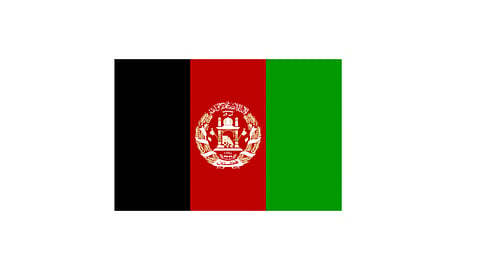

Afghanistan's Ministry of Energy and Water has issued an expression of interest (EoI) for developers interested in setting up solar power projects with a cumulative of 2 GW capacity in the Asian country. The EoI proposes this capacity to come up in five zones on land provided by the government.
These 5 zones, which are planned to get 400 MW capacity projects each, are in:
Minimum bid capacity for all the provinces will be 50 MW. These are large and populated areas of the country where the national grid is available and power demand is very high, as per the ministry.
According to the ministry, this 2 GW package will provide reliable power access to residences, businesses, schools and governmental institutions. The idea is to replicate this project later in the rest of the country.
Interested companies or developers can either invest in one of the projects of any one particular province, part of one project or a number of projects from the proposed list.
On receiving proposals, the ministry will initiate the tender process through an open competition procurement, starting with a pre-qualification round, followed by a request for proposal round. Parallel to the EOI, the government will also work on a feasibility study and identifying suitable land.
Last date to submit interest is December 20, 2018. Further details are available on the ministry's website.
On December 9, 2018, the ministry also launched a separate tender for 5 projects of 5 MW on-grid solar power capacity each to be developed in Panjwai district of Kandahar province. Contract defines broad scope of work as design, supply, installation and operation and maintenance of the same. Last date to submit bids for the 5 x 5 MW tender is December 19, 2018.
Afghanistan is looking at solar to achieve self-sufficiency in terms of energy supply; other sources it is looking are hydro, wind, coal and gas. There is a huge disparity when it comes to access to energy – 70% of the population in Kabul has access 24/7, but on the national level, only 33% to 36% of population has access to power supply.
Currently, its domestic power supply covers up 22% of total supply, as its imports the rest 78% from central Asia and Iran. Its major source of total generation capacity of 504 MW comes from hydro power, followed by fossil fuel and solar.
In September 2018, International Finance Corporation (IFC) said it will help Afghanistan design and tender a 40 MW solar power project, to develop a model for the country's 2 GW solar power target (see IFC Backs 40 MW PV Project In Afghanistan).
